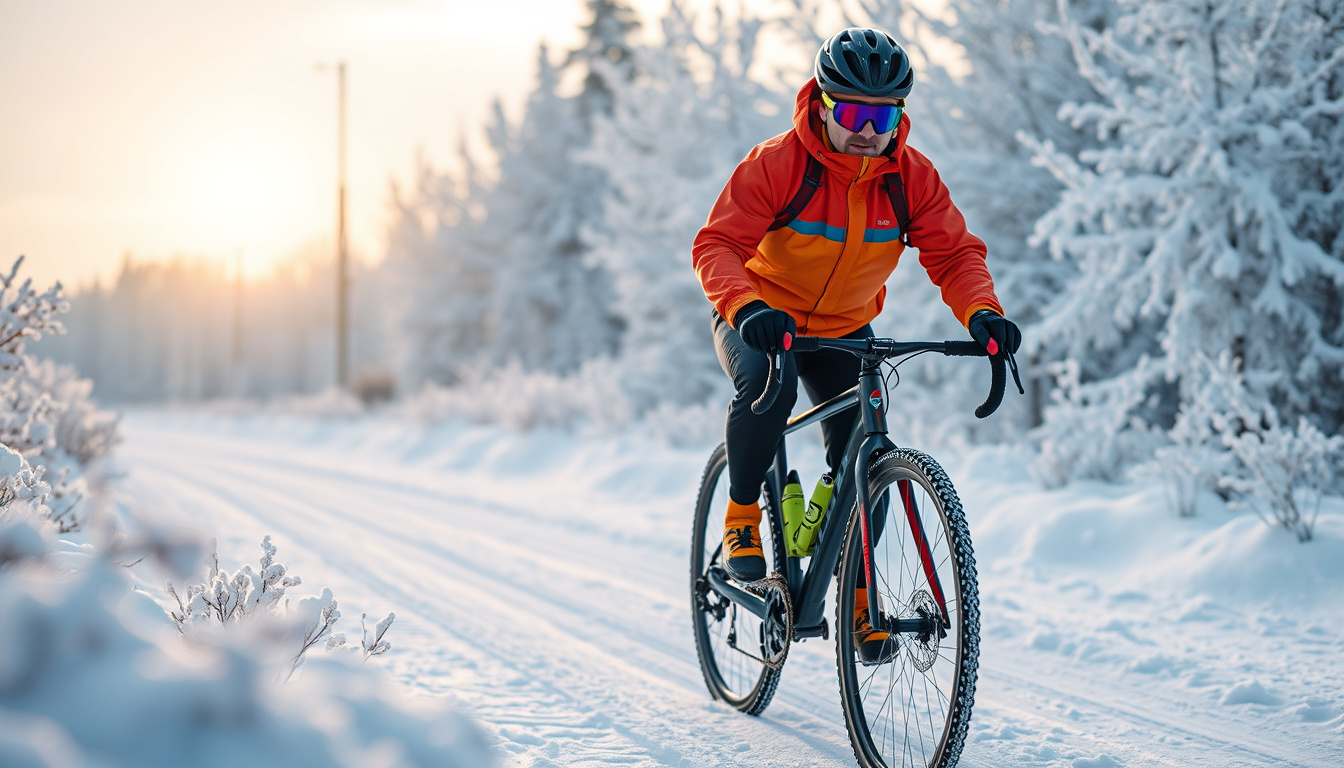
As the days grow shorter and temperatures drop, many outdoor enthusiasts may wonder if biking can still be an enjoyable and viable mode of transportation. The good news? You absolutely can ride through winter’s chill! Winter biking not only provides a refreshing outdoor experience but also offers serious health benefits. But before you bundle up and hit the trail, it's essential to prepare adequately.
This blog aims to provide essential tips for winter biking, designed for anyone from the seasoned cyclist to the casual rider looking to embrace the winter months. By reading on, you'll uncover practical strategies to keep you warm, safe, and pedaling with confidence.
Why Bike in Winter?
Health Benefits:
- Cardiovascular Fitness: Biking in the cold offers an excellent cardiovascular workout.
- Mood Booster: Exercise can enhance your mental well-being and combat seasonal depression.
Environmental Benefits:
- Sustainable Transport: Cycling reduces your carbon footprint, even in winter.
Essential Winter Biking Tips
-
Choose the Right Gear:
- Layer Up: Utilize moisture-wicking base layers, insulating mid-layers, and waterproof outer layers. This combination helps in regulating your body temperature.
- Protect Extremities: Wear insulated gloves, thermal socks, and a snug-fitting winter hat that covers your ears. Don't forget a face mask or neck gaiter!
-
Invest in Quality Accessories:
- Winter Tires: A reliable pair of studded tires or fat bike tires can make a significant difference in traction and stability on icy roads.
- Lights and Reflectors: The low winter sun and early darkness can reduce visibility. Equip your bike with front and rear lights, plus reflective gear to ensure you are seen.
-
Adjust Your Riding Technique:
- Ride at a Lower Gear: This helps maintain better control on slippery surfaces.
- Use Wider Hallway Approaches: Avoid sudden movements; smooth, gradual motions help maintain traction.
-
Plan Your Routes:
- Know the Terrain: Choose bike paths and roads that are well-maintained during winter. Avoid known trouble spots where ice tends to linger.
- Timing Matters: Riding after a snowfall can be sublime, but be cautious if temperatures drop quickly afterward; roads can become icy.
-
Stay Hydrated:
- Drink Up: The dry winter air can dehydrate you, even if you're not sweating as much. Ensure you're sipping water throughout your ride.
-
Commuter Considerations:
- Cover Your Bike: Invest in a quality bike cover if you’re parking outside. This will protect it from frost and rust.
- Plan for Delays: Winter weather can impede travel; factor this into your commute timing.
Expert Insights
According to Matt O’Leary, a prominent sports physiologist, “Winter biking doesn't just keep your fitness on track, it reconnects you to the joys of nature in a way that few other activities can. With the right preparation, anyone can ride safely and enjoyably in low temperatures.”
Key Takeaway Points
- Dress in layers and protect your extremities to combat the cold.
- Invest in winter-specific gear for stability and visibility.
- Smooth riding techniques can help maintain balance and control.
- Proper hydration is crucial even in chilly conditions.
Ready to Ride?
Winter biking can unlock a new realm of outdoor enjoyment and can be a rewarding challenge. It allows you to stay active, reduce your environmental impact, and make the most of the beautiful, serene winter scenery. So, are you ready to embrace the chill and pedal your way through the season?
Call to Action: Share your own winter biking experiences in the comments below or reach out to fellow riders in your community. Together, we can inspire others to explore the joys of cycling year-round. Let's make this winter the most adventurous yet—grab your bike and hit the road!






